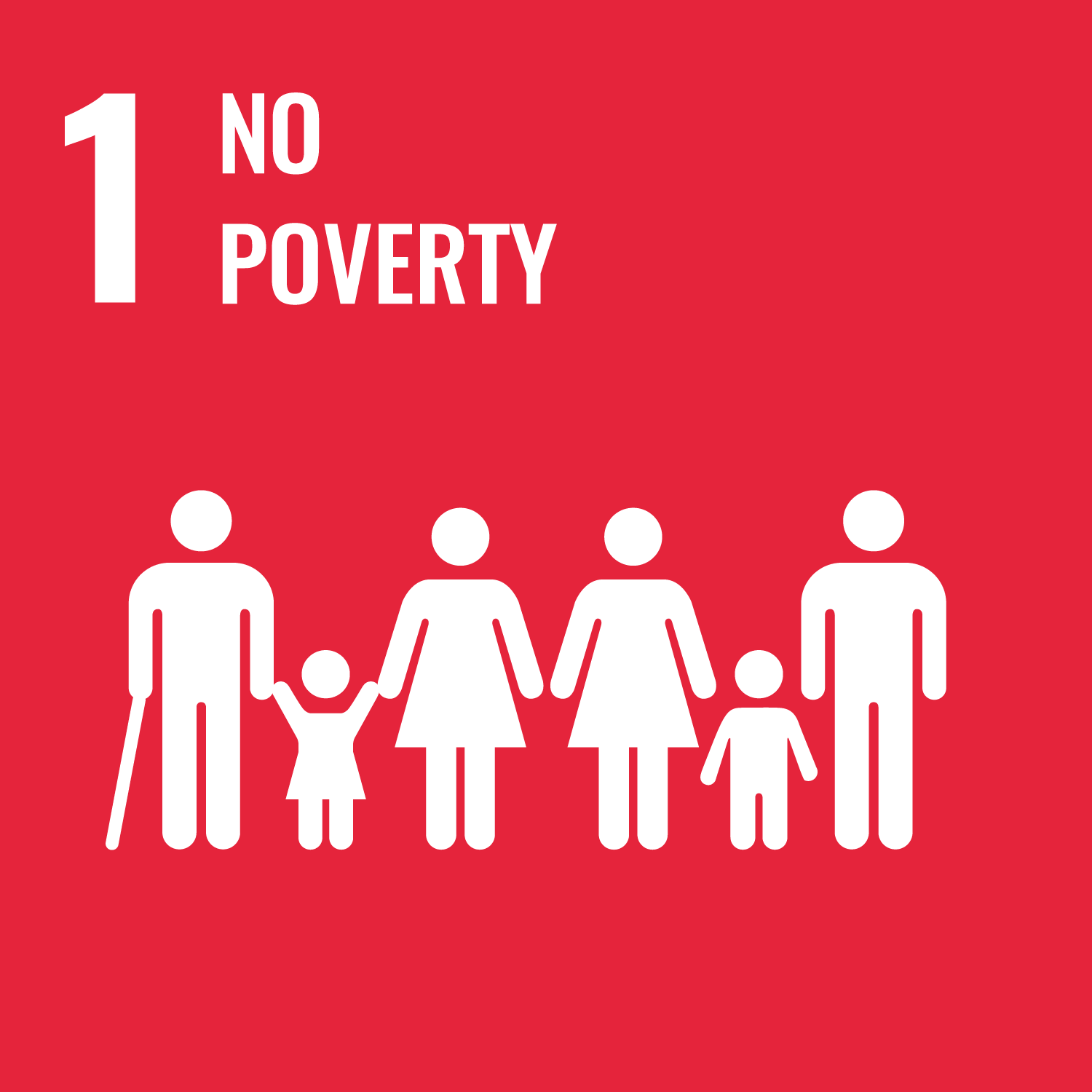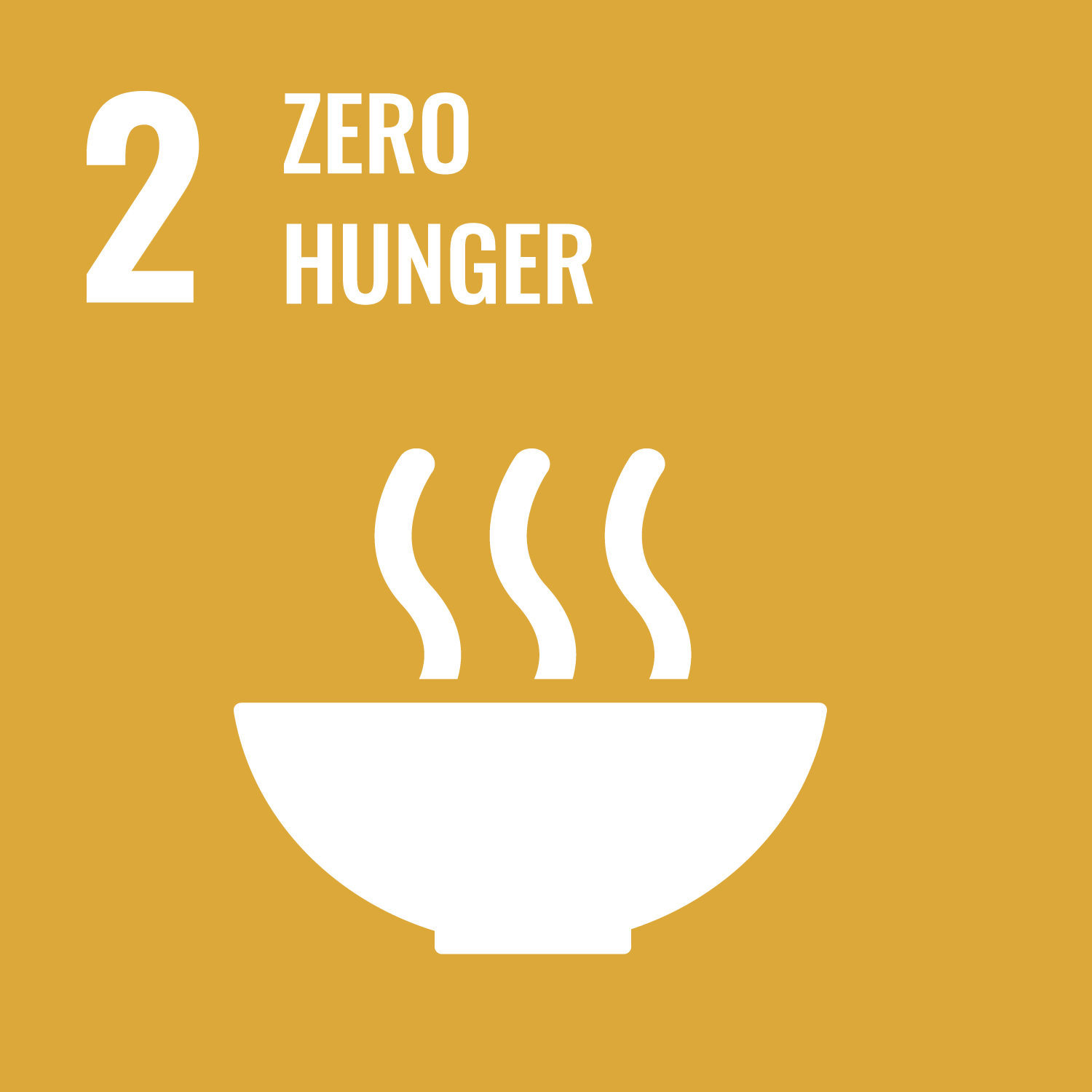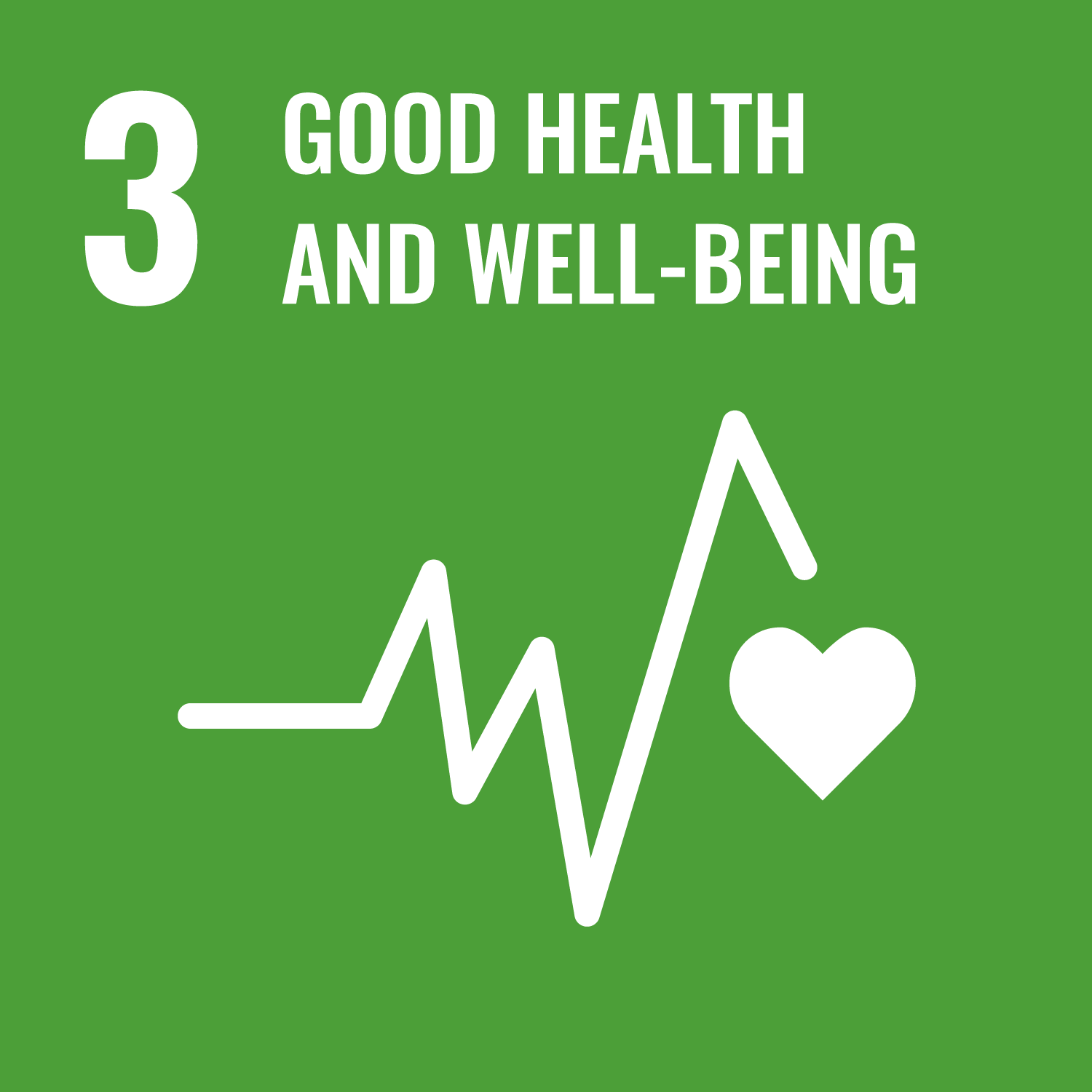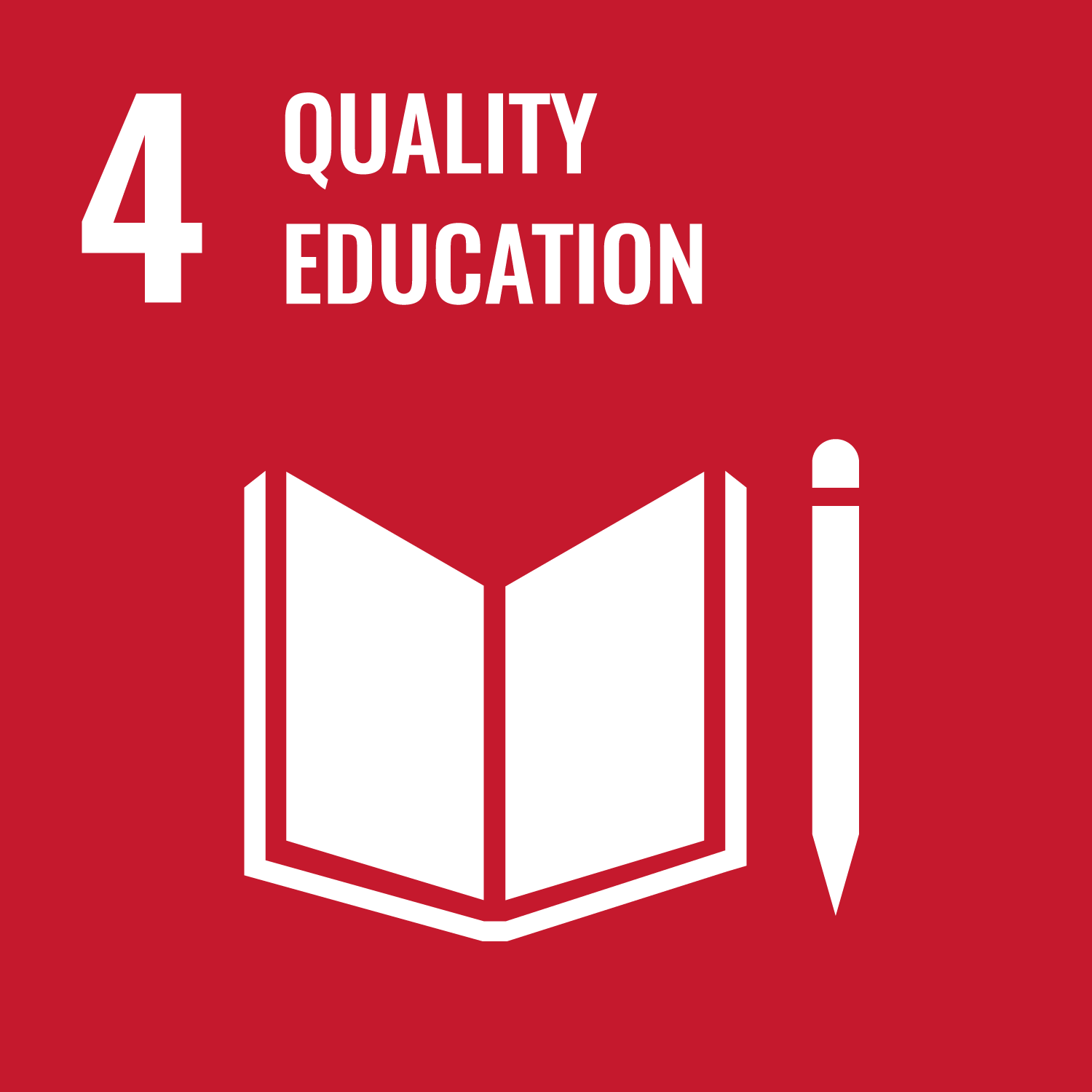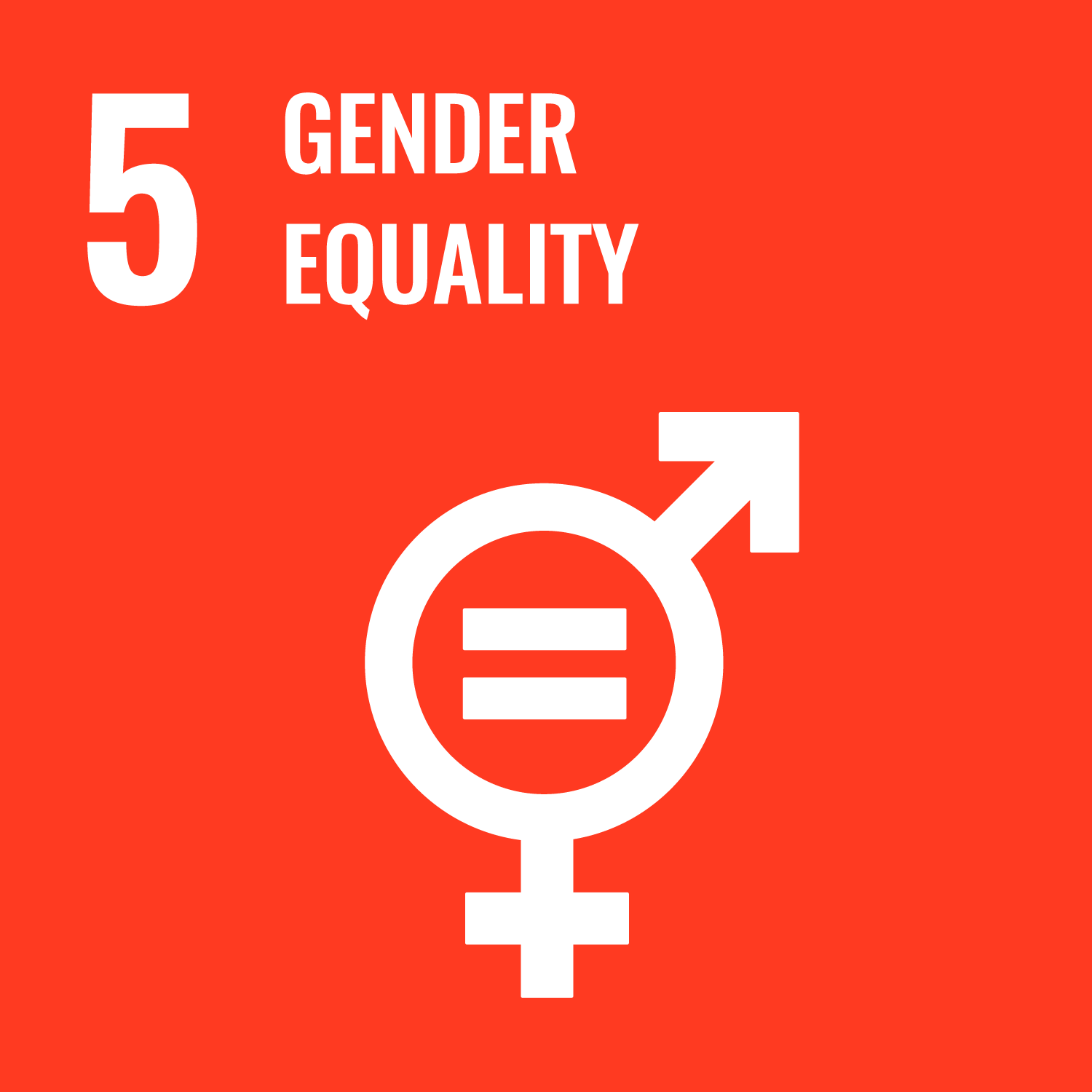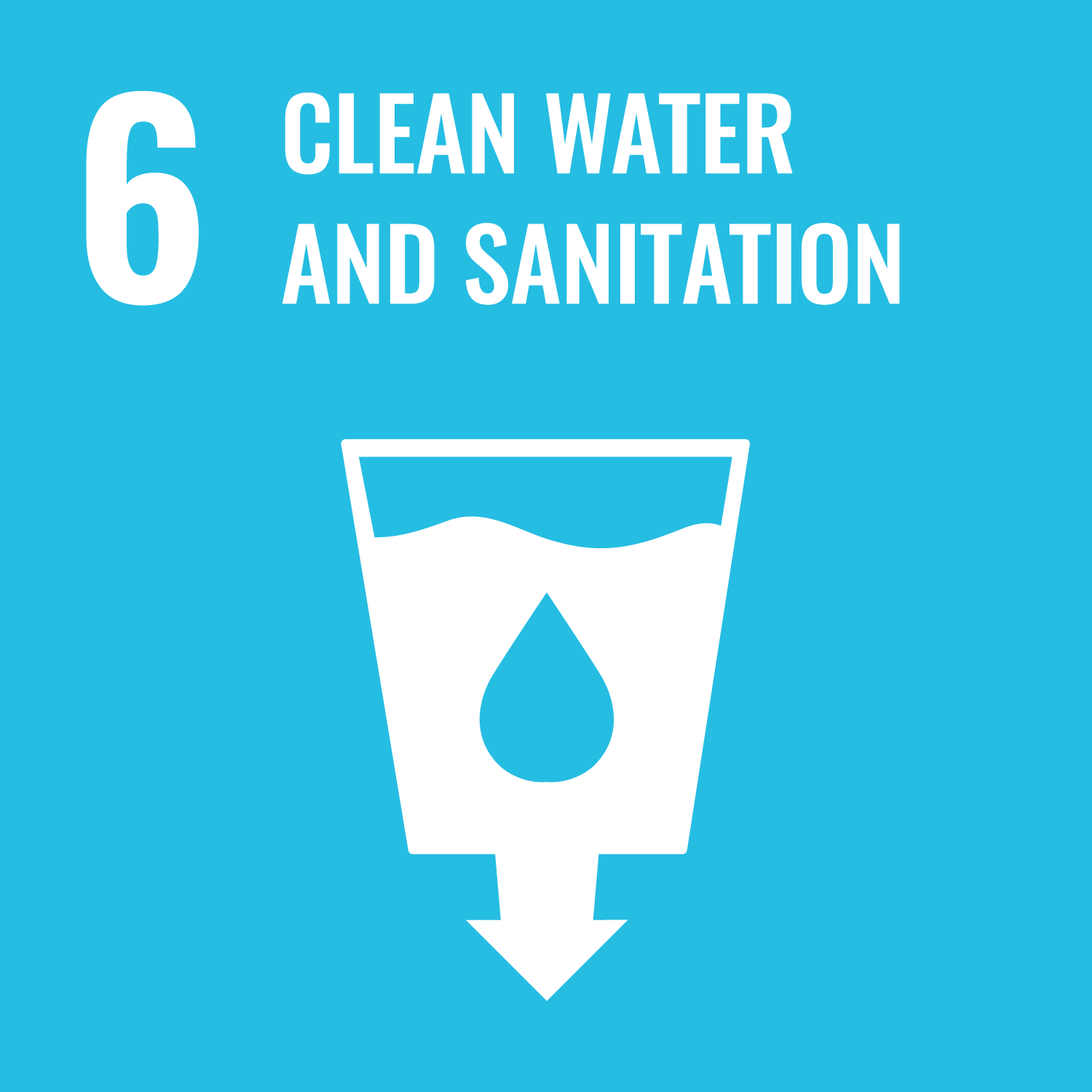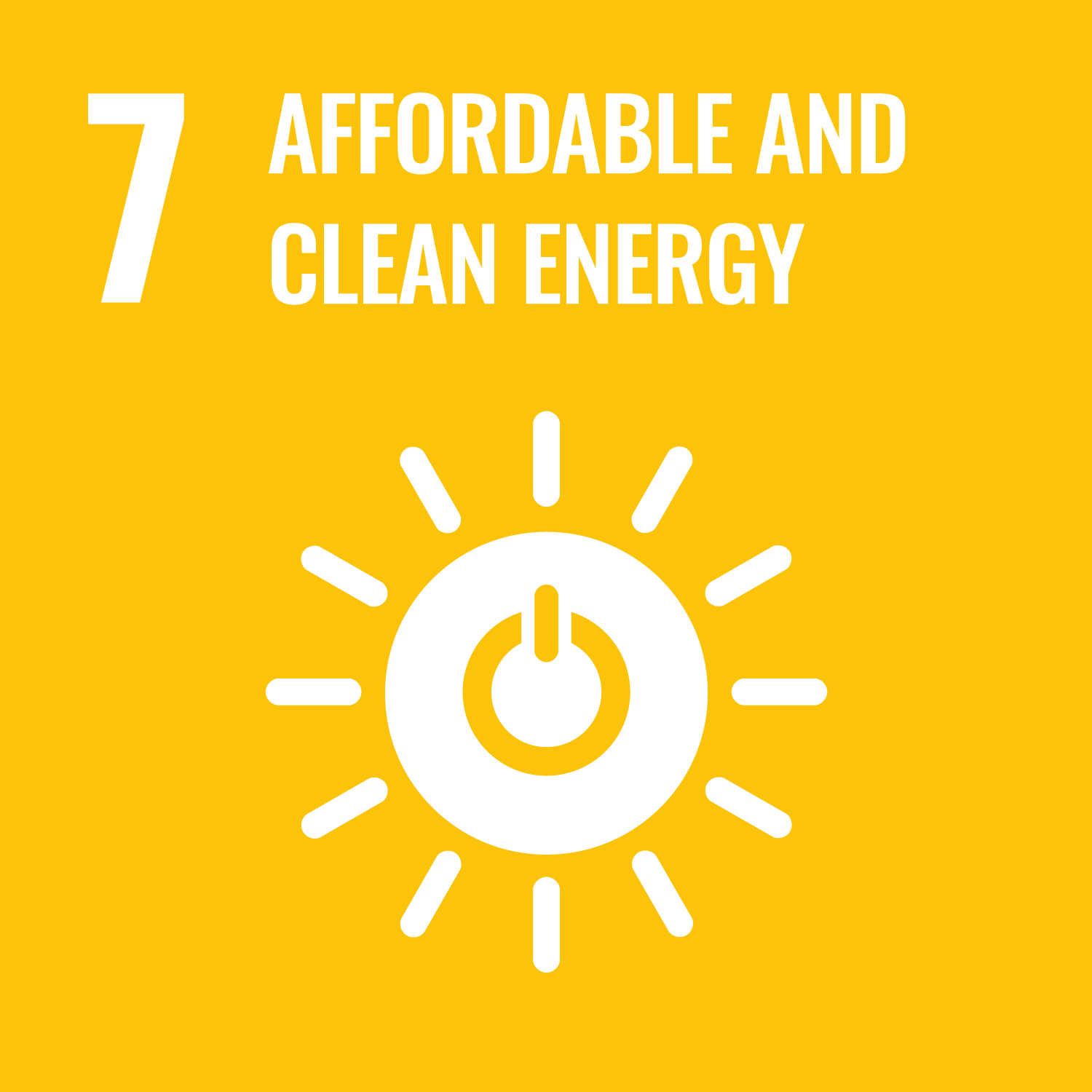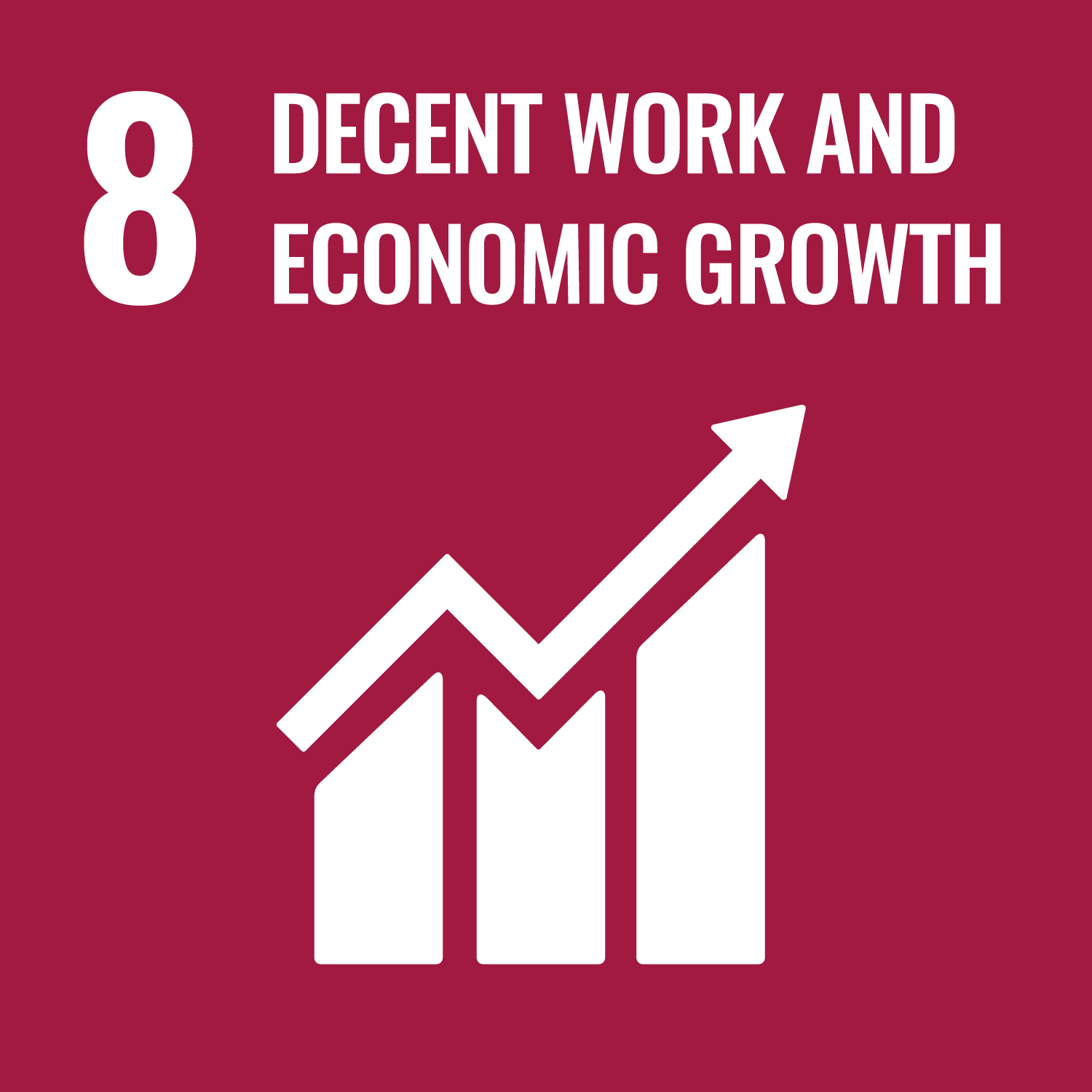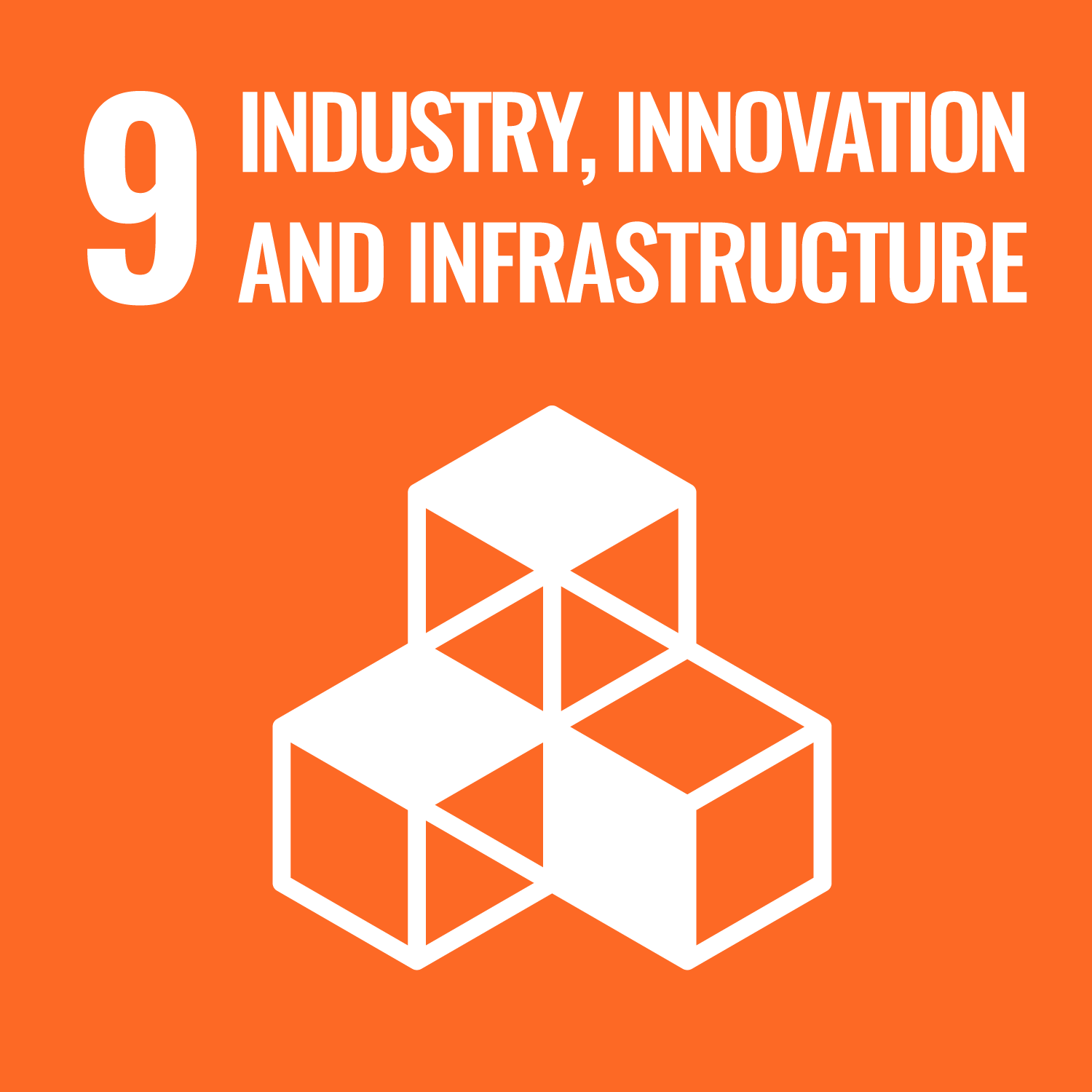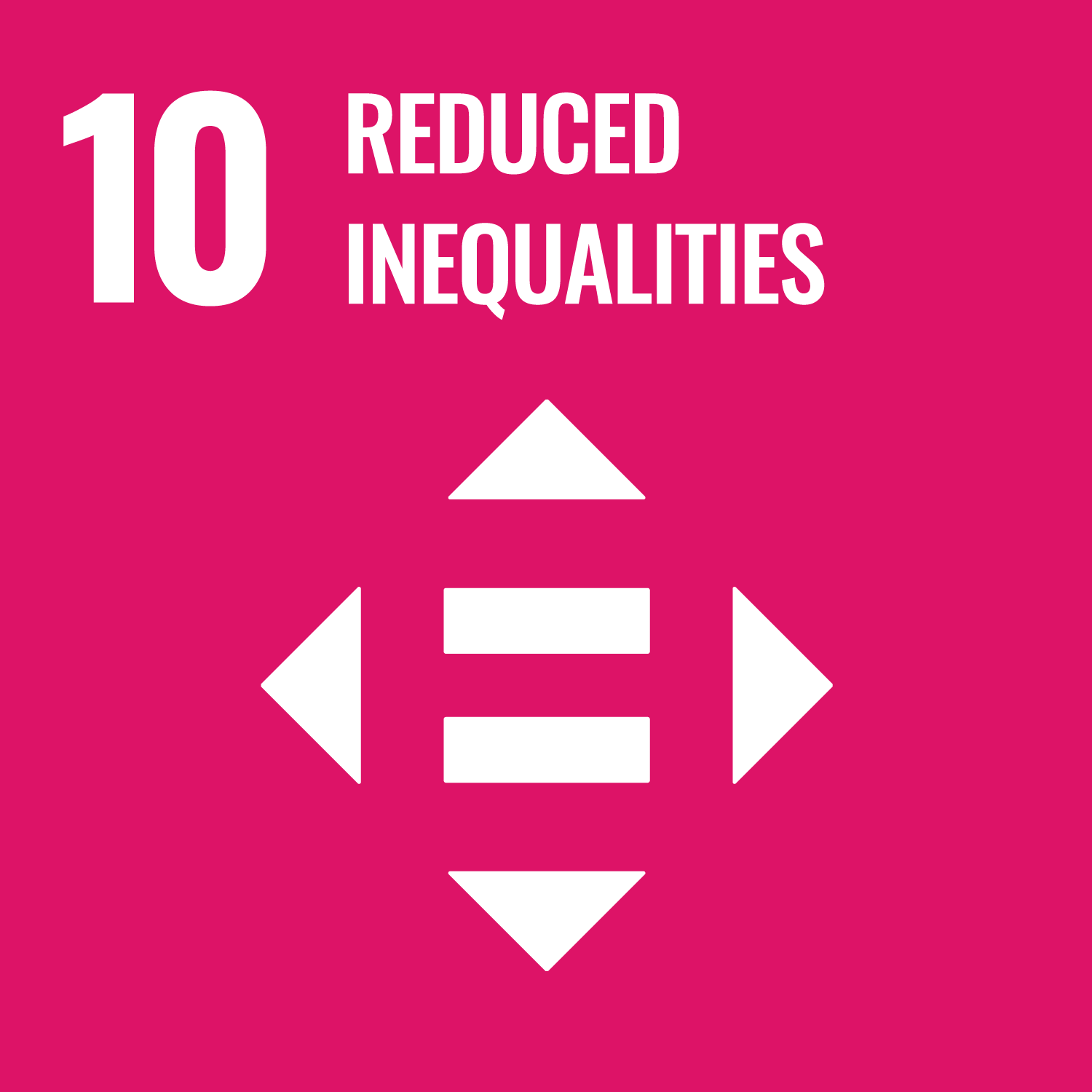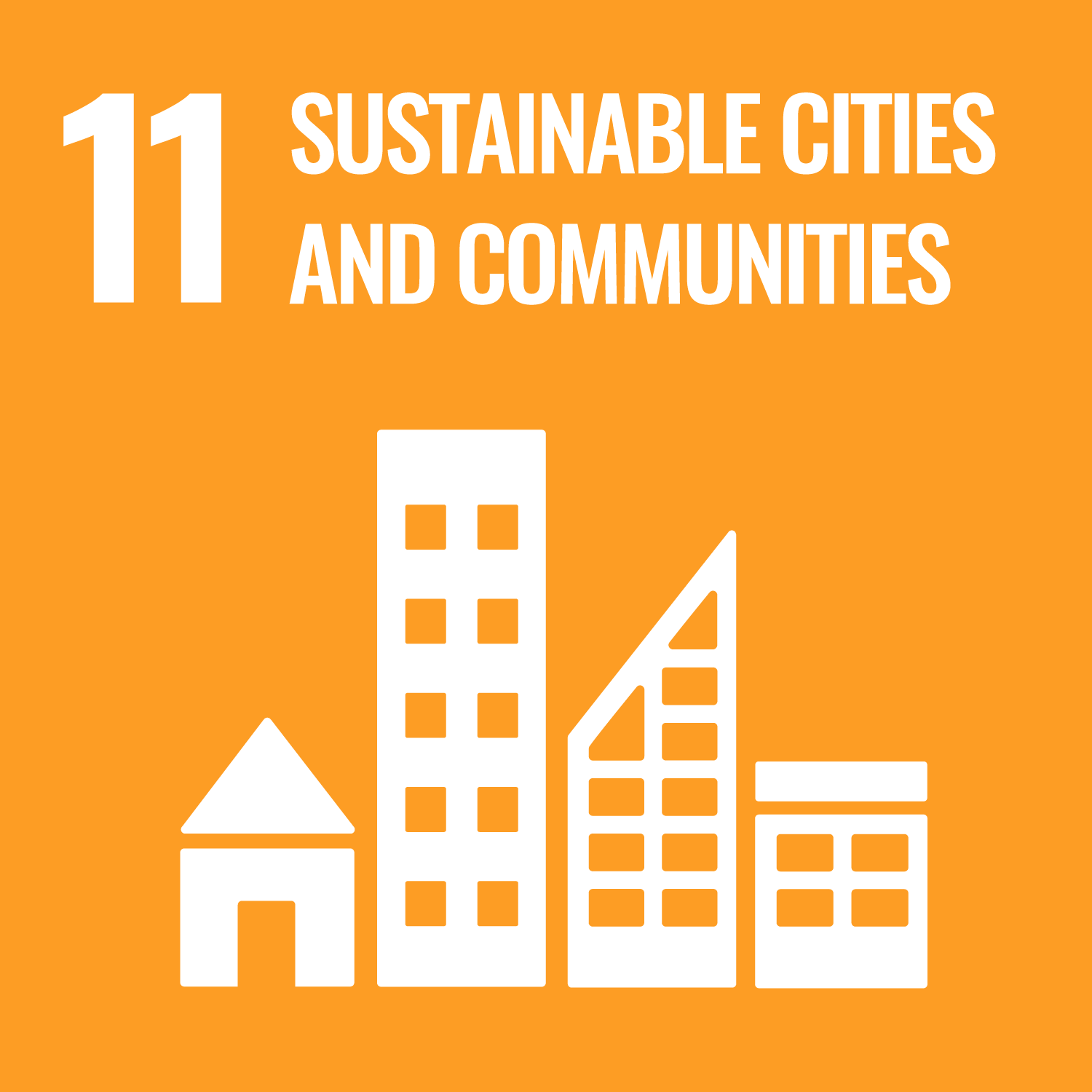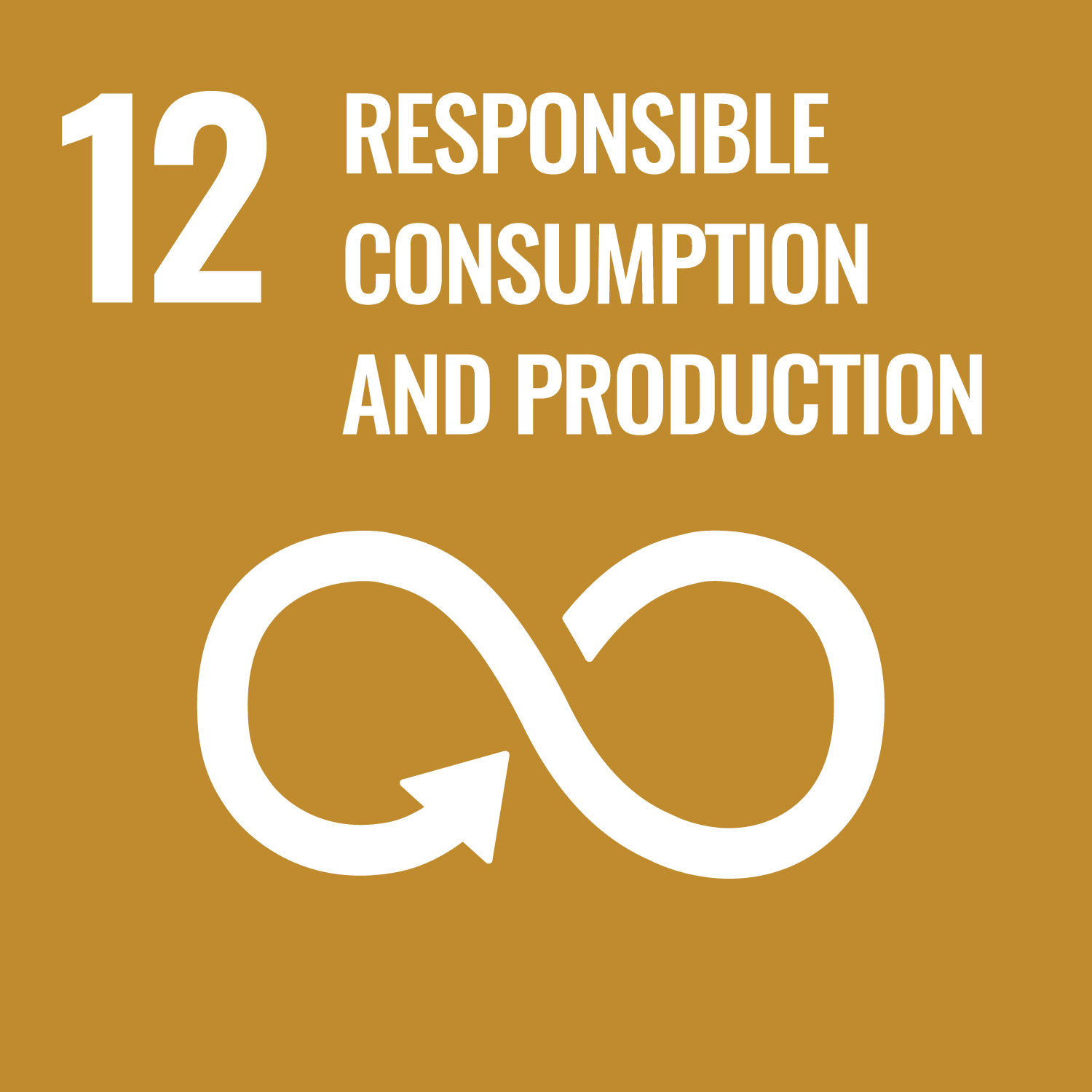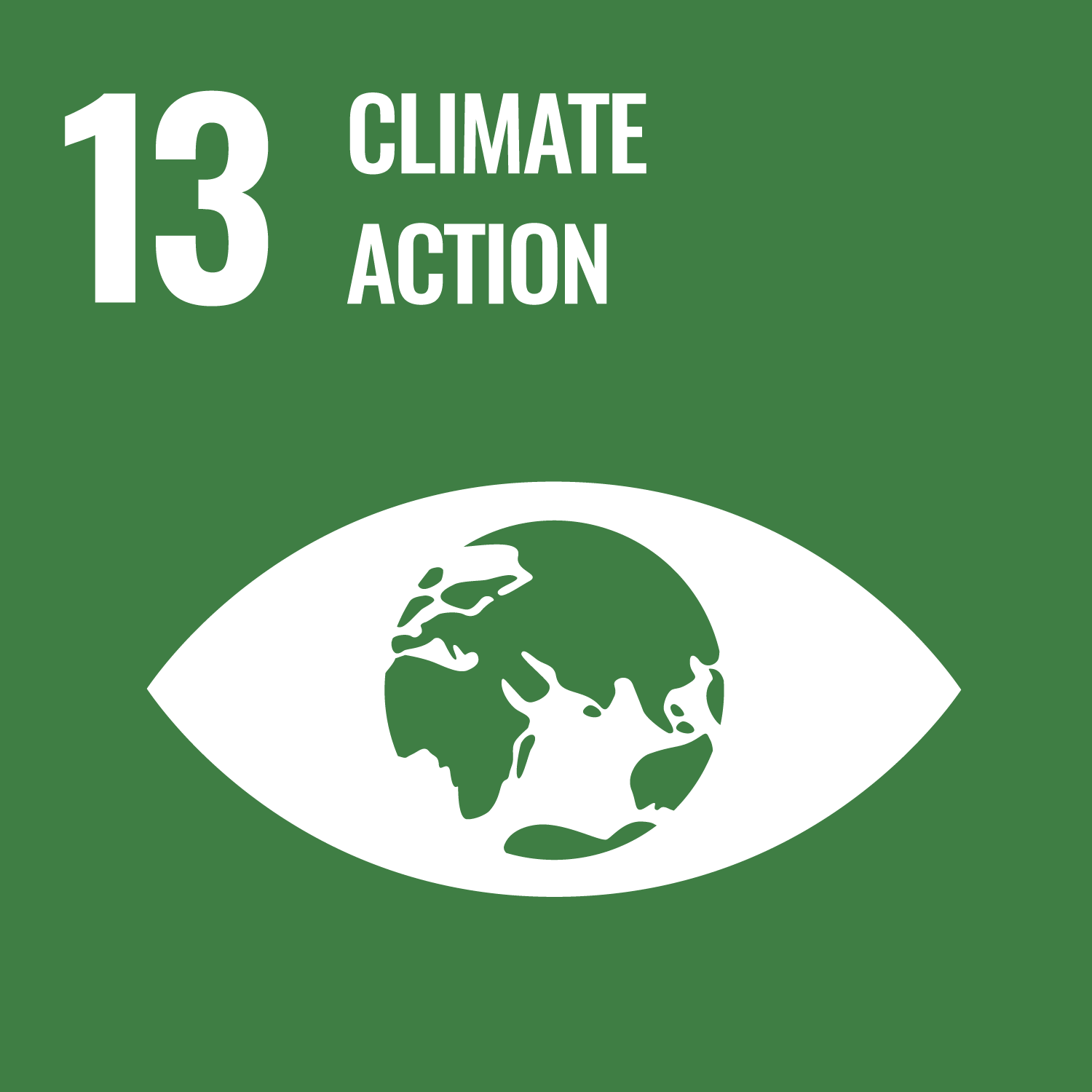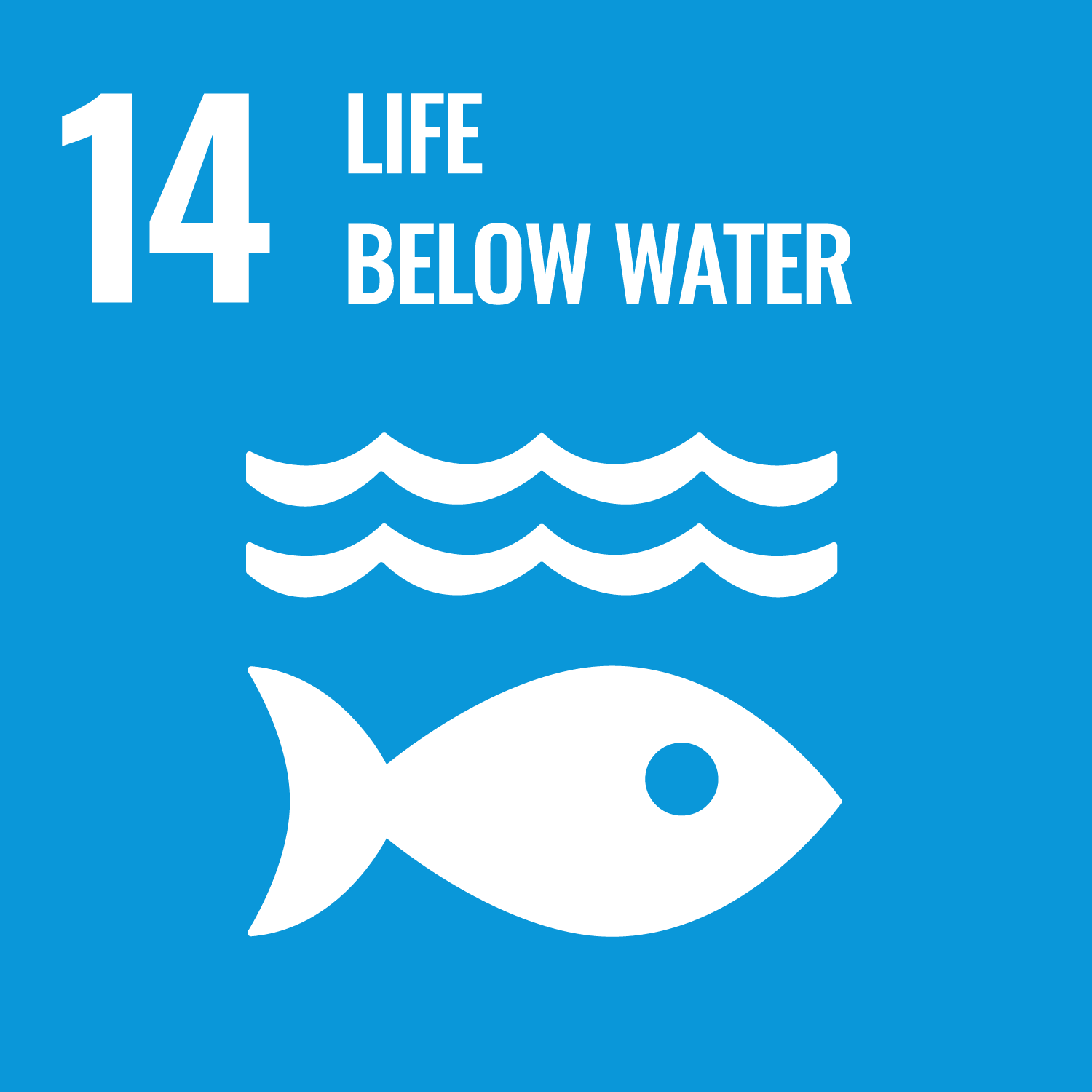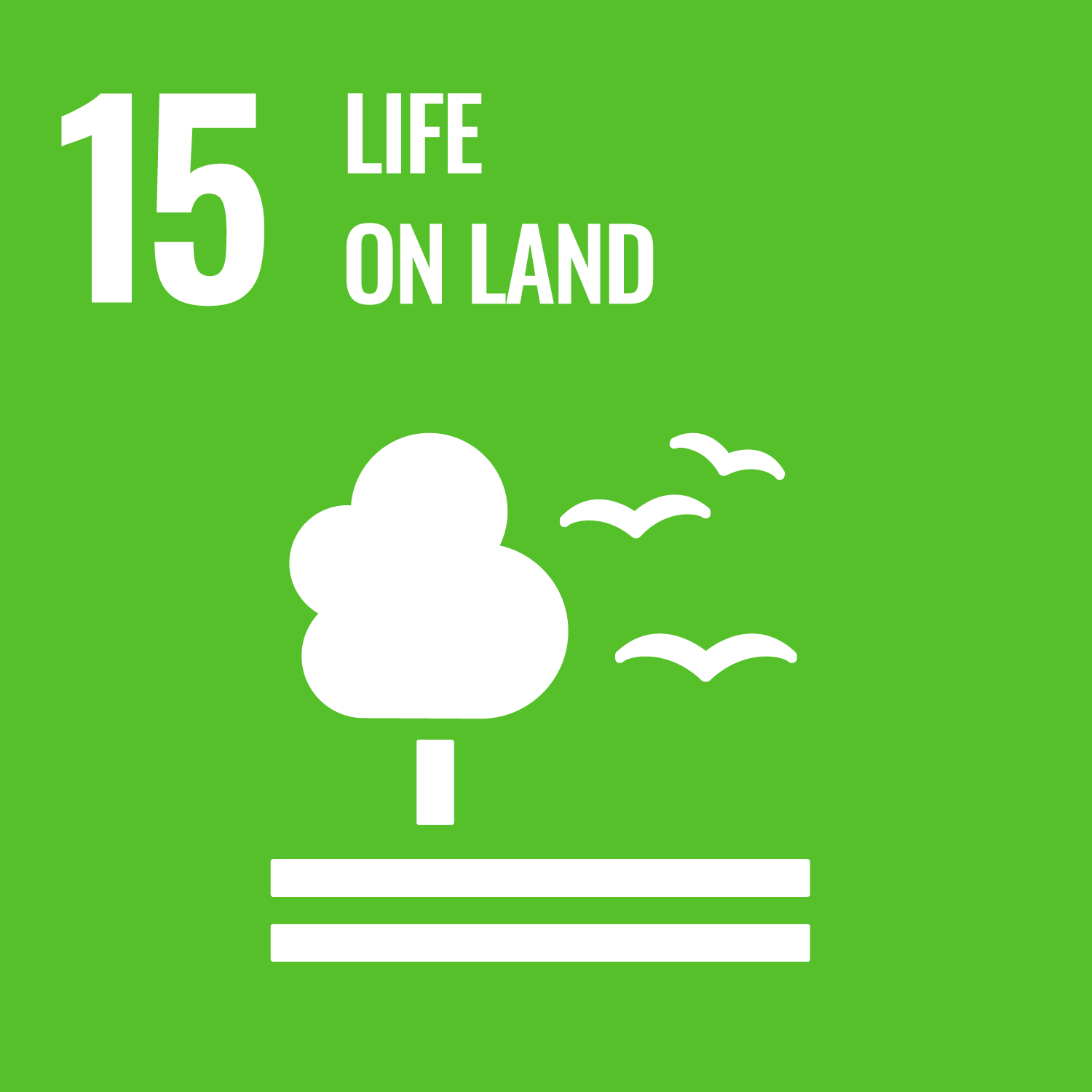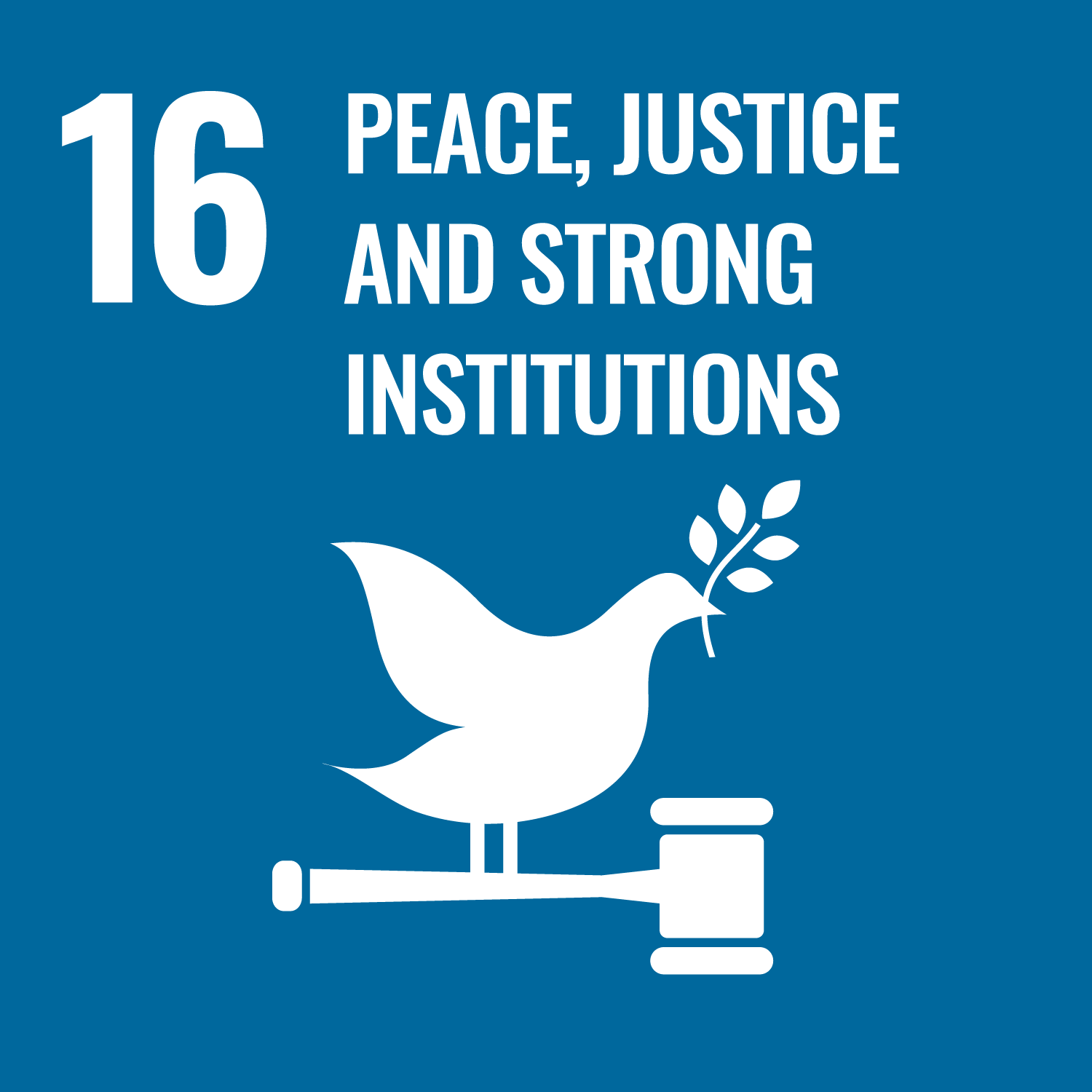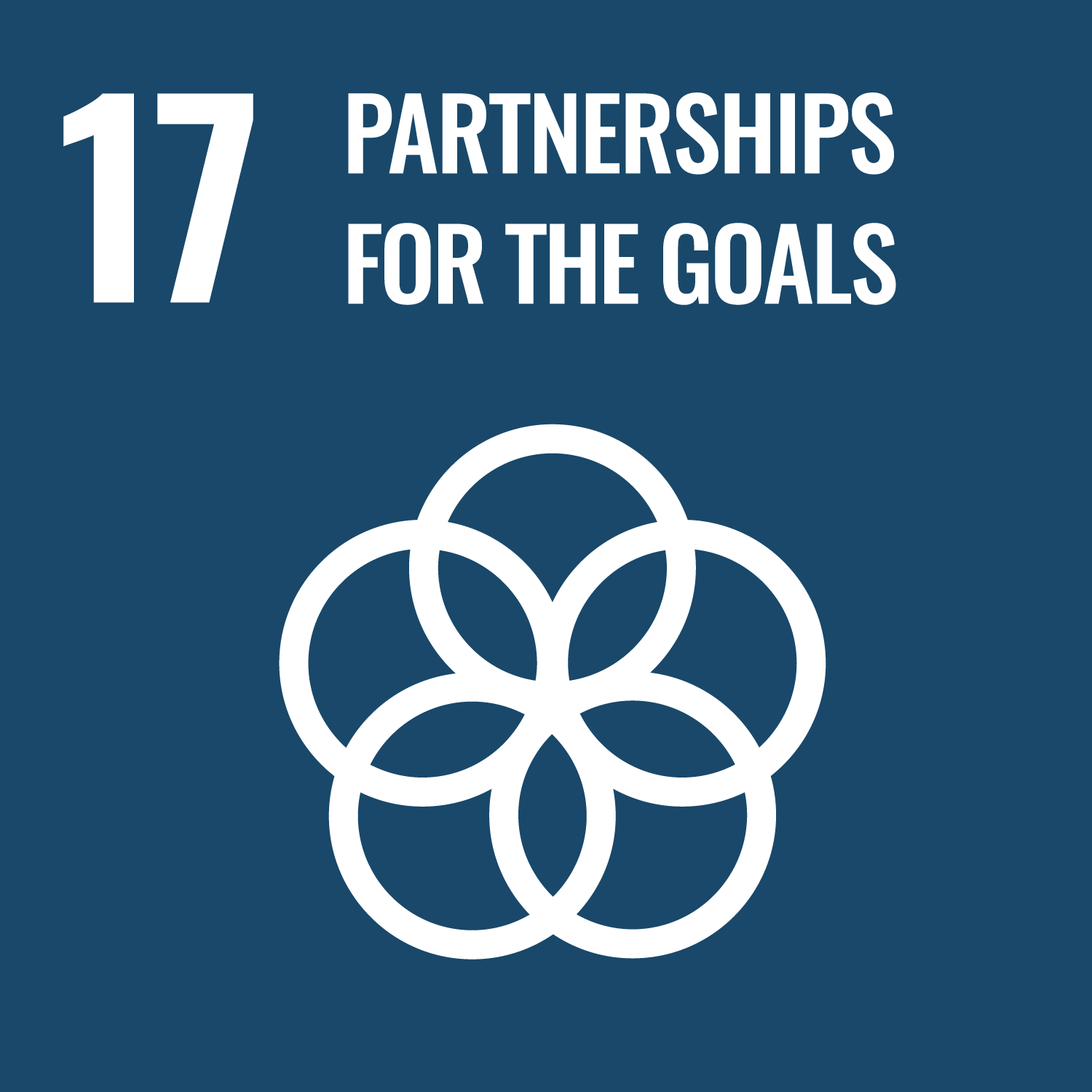SUSTAINABILITY
Sustainability is one of humanity’s greatest challenges—one that demands engagement and integration across scientific, cultural, and economic disciplines. These disciplines must interact not only to address sustainability itself, but also to ensure that their own developments are sustainable in the long term. Human activities are increasingly becoming a risk factor for all countries around the world.
The rapid growth of the human population is being supported by the exploitation of non-renewable resources, such as fossil fuels, and is profoundly reshaping the environment. We are living in a new epoch in Earth’s history—the Anthropocene—in which the vision of global challenges remains unclear, vague, and ambiguous. This is due, on one hand, to the lack of a true Science of Sustainability—we rely mostly on ad hoc approaches, such as the triple bottom line or four-dimensional models, and on broad, often generic definitions—and on the other hand, to the fact that unregulated development appears more advantageous to political decision-makers in the short term.
In reality, without a serious and determined shift toward a new paradigm of social, economic, and industrial development—one that leads us to produce more of what we want (what is sustainable) and less of what we don’t want (what is unsustainable)—we will not be able to ensure favorable conditions for future generations.
From this perspective, a new approach is needed—one that quickly goes beyond disciplinary boundaries, not only in theory, but also in the very composition of the working groups that must collaborate on both theoretical and applied aspects.
Natural sciences, life sciences, social sciences, business, industry, and politics must transcend their internal methodologies and begin to engage in systemic dialogue. In order to make meaningful progress toward sustainable development, we must be able to identify dynamic equilibrium states within complex systems—systems composed of agents that are very different from one another: those who generate ideas, those who implement or produce them, and those who live with their consequences.
Even if we limit ourselves, as the Club of Rome did in the 1970s, to analyzing only the five major sources of global concern:
- the acceleration of industrialization;
- the rapid growth of the population;
- widespread malnutrition;
- the depletion of non-renewable resources;
- environmental degradation;
we can clearly see that these factors are deeply interconnected. They form a complex system—one that can be described using the tools and insights of statistics, economics, sociology, and the human sciences, but whose fundamental structure can perhaps finally be understood through the lens of the natural and life sciences.
The knowledge we now have across all disciplines has grown exponentially since the 1970s—far beyond what could have been imagined fifty years ago. The time has come to bring this knowledge together, to face a global challenge that can no longer wait.
THE INTERNATIONAL CONTEXT
To understand the importance of sustainability on the international agenda, it is useful to retrace some key milestones.
In April 1968, a group of thirty scientists, educators, economists, humanists, industrial managers, and politicians met at the Accademia dei Lincei in Rome to discuss the major problems facing humanity. Their goal was to analyze these issues from a global perspective and explore alternative solutions across various possible scenarios. This first meeting led to the creation of the Club of Rome, an informal organization often described as a virtual institute. Its purpose was to gather multidisciplinary knowledge—economic, political, environmental, and social—to evaluate the global system in which we live.
The Limits to Growth was the Club of Rome’s first major publication, released in 1972 and authored by Donella Meadows, Dennis Meadows, Jørgen Randers, and William Behrens. It emphasized the limits of economic growth imposed by the finite availability of natural resources.
Jumping ahead about twenty years, in 1983 the Brundtland Commission (officially the World Commission on Environment and Development, appointed by the United Nations) was established. In 1987, it published the report Our Common Future, which clarified the concept of sustainable development:
“Sustainable development is development that meets the needs of the present without compromising the ability of future generations to meet their own needs.”
The report does not focus solely on the environment, but rather highlights a fundamental ethical principle: the responsibility of current generations toward future ones. This includes at least two key aspects of ecological sustainability—the preservation of resources and the environmental balance of our planet.
The Commission thus laid the groundwork for the definition of the Millennium Development Goals (MDGs), officially launched in 2000 with the United Nations Millennium Declaration, signed at the Millennium Summit.
The eight MDGs later inspired the formulation of the Sustainable Development Goals (SDGs)—the 17 Goals of the United Nations 2030 Agenda. The release of the 17 SDGs sparked significant responses in various countries and led to concrete actions. Issues related to sustainability have been introduced into the political agendas of many governments and the European Commission.
Countries such as Sweden, the United Kingdom, Germany, Switzerland, Brazil, and Rwanda have launched support initiatives and established centers that are actively engaged in carrying out innovative sustainability programs.
THE NATIONAL CONTEXT
In Italy, the National Strategy for Sustainable Development (SNSvS) began in early 2016 with the drafting of the document Italy’s Positioning with Respect to the 2030 Agenda, which was developed with the contribution of central and regional institutions, the research community, and civil society. Among these contributors, the Italian Alliance for Sustainable Development (ASviS) played a key coordinating role in supporting numerous local initiatives focused on sustainable development.
More recently, the Benessere Italia Steering Committee was established within the Prime Minister’s Office with the task of monitoring and supporting various research, advanced training, and innovation activities that share sustainable development as a common denominator.
The present project, “The Laboratory on Quantitative Sustainability” (TLQS), fits perfectly within the framework of the SNSvS and strengthens the role of Italy and Europe in defining guidelines to address the ongoing global crisis.
THE TRIESTE SYSTEM
The Friuli Venezia Giulia Region, and the city of Trieste in particular, have gained significant international visibility over the years due to the presence of numerous research institutions in the area. These institutions attract scientists from all over the world at rates well above the European average—and the highest in Italy. The region also hosts international research centers that, in addition to fostering global collaborations, are actively engaged in promoting scientific literacy among young researchers from developing countries. Moreover, the regional scientific system serves as an important gateway to Central and Eastern European countries.
For these reasons, Trieste was named European City of Science 2020, and in September of that year, it hosted the EuroScience Open Forum (ESOF). In 2024, it will also host the Big Science Business Forum (BSBF). These major European events represent important opportunities for dialogue between science and citizens, policymakers, entrepreneurs, and industry leaders. Trieste has thus emphasized its role in reasserting science as a central driver of sustainable change, especially in the aftermath of the COVID-19 pandemic.
The Friuli Venezia Giulia Region promptly aligned itself with the National Strategy for Sustainable Development (SNSvS) by launching its own Regional Strategy for Sustainable Development (SRSS), which includes, among other things, sustainability as a core element in strategic plans to strengthen the region’s cultural tourism.
Numerous researchers from the region’s three universities and various research institutions are actively engaged in sustainability-related challenges linked to one or more of the 17 United Nations Sustainable Development Goals (SDGs). While their work is of high scientific value, it is not yet sufficiently coordinated, and thus does not fully express the potential industrial and entrepreneurial impacts it could generate.
The path to ecological transition is difficult, and the impact of the climate crisis on the environment, society, and economy is growing exponentially. After more than fifty years, despite the substantial efforts of governmental, intergovernmental, non-governmental, and private institutions, there is still no unified framework on the methodology or measures to adopt for achieving sustainability. There is therefore a pressing need to quantify the core dimensions of sustainability, and to integrate them into the economic value of goods and services.
Given the interdisciplinary nature of this process, and the rich scientific ecosystem present in Trieste—home to institutions specializing in theoretical physics, advanced mathematics, biotechnology, oceanography, astrophysics, medical sciences, data science, and artificial intelligence, as well as a science park and a synchrotron facility—the Laboratory on Quantitative Sustainability (TLQS) can play a significant role in guiding and accelerating the transition.
